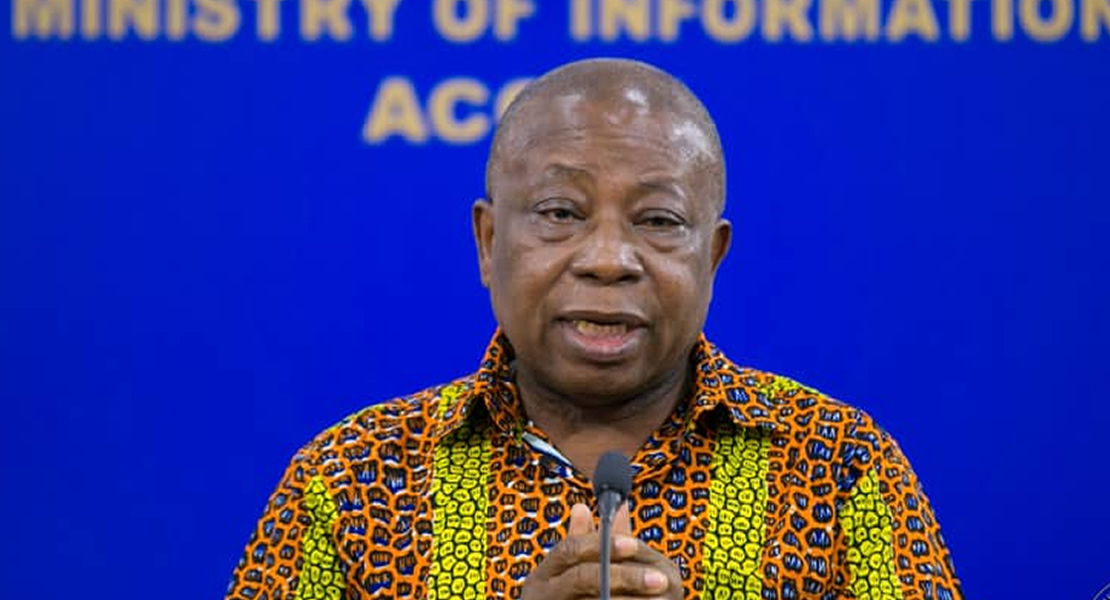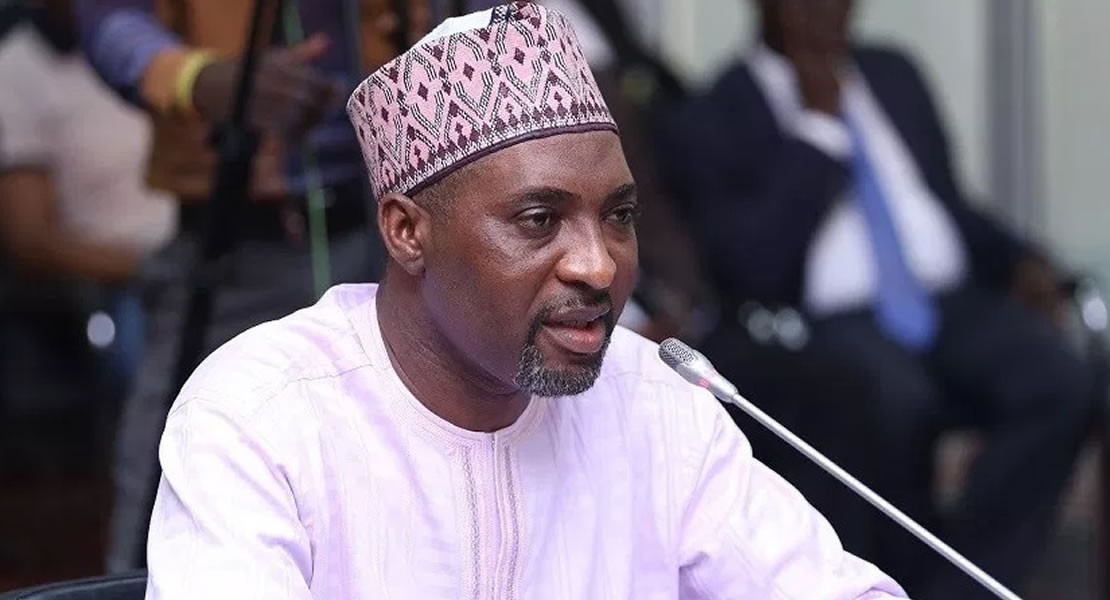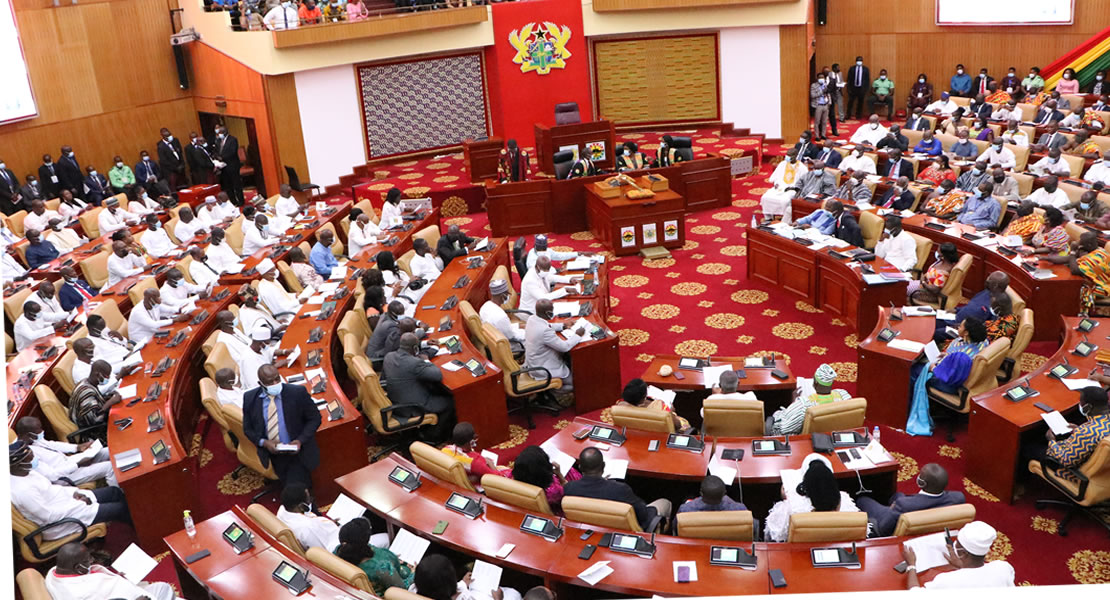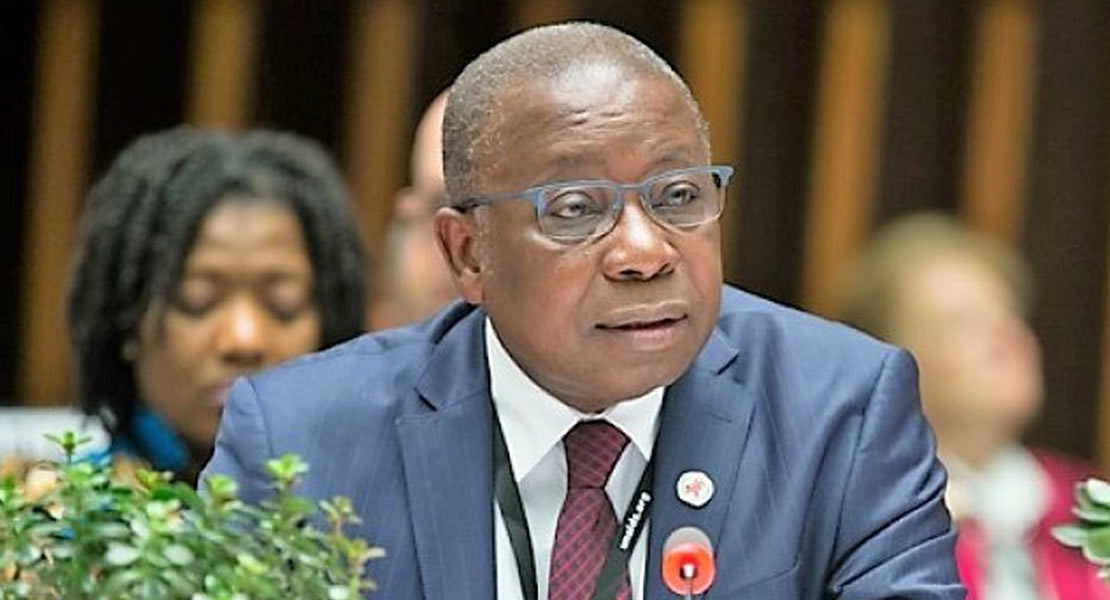A total of 299 out of 600 Liquefied Petroleum Gas (LPG) stations have been inspected throughout the country to ascertain their safety readiness, Chief Executive Officer of the National Petroleum Authority (NPA), Hassan Tampuli has disclosed.
43 of the stations inspected have been closed down whiles additional 35stations have been marked for closing down when their stock levels are reduce due to failure to meet safety checks and other requirements.
A total of 54 registered Gas stations are currently not in operation. 35out of the 43 stations closed down has been reopened because they have now met the regulatory requirements of the NPA.
Mr.Tampuli who disclosed this during a meeting with Parliament’s Joint Committees on Mines and Energy, Local Government and Rural Development and Science, Technology and Environment said the move follows a nine-point directive issued by Cabinet in a bid to help prevent explosions following the Atomic gas explosion.
Some of the directives include rigorous inspection of gas stations across the country, reviewing the current licensing regime to ensure that only those with demonstrable capacity, competence and vision with the distribution of LPG and the training of staff and regulators as well as conduct risk assessment of some stations are allowed to operate.
The NPA boss said the inspection exercise which is being done with sector agencies is expected to be completed within the next two weeks and indicated that 132 stations have fully meant the compliance criteria.
“Out of the 299 [LPG filling stations], 132 were in full compliance, and out of the number that we had closed down, we have reopened 34. So if you add the 34 to the ones that we have closed down, it should have been 77, but they have been able to meet the safety protocols so we have reopened them’’ he stated.
Mr. Tampuli also cautioned stations against the storage maximum of Liquefied Petroleum Gas(LPG) which must not exceed a capacity of 20 tonnes hence would be as a high-risk station.
“The maximum allowable capacity of LPG refill station that we will have in place after all this exercise[inspection] has taken place is 20 tonnes, anything above 20 tonnes will be classified as high-risk station and to be subject to closed down, and decommissioned they are going to operate under the new LPG Recirculation model” he Said.
In a related development, the NPA CEO disclosed that Ghana’s LPG penetration which currently stands around 23% is expected to hit 50% by 2019 when the Cylinder Recirculation Model distribution is expected to begin.
The model requires free distribution of Cylinders where service providers procure, brand, maintain and fill empty cylinders to be distributed to consumers and households through retail outlets.
It also requires that LPG Bottling Plants are sited away from congested commercial and population centers Low risk stations will be designated for the supply of gas to vehicles.
By Christian Kpesese/ ghanamps.com









